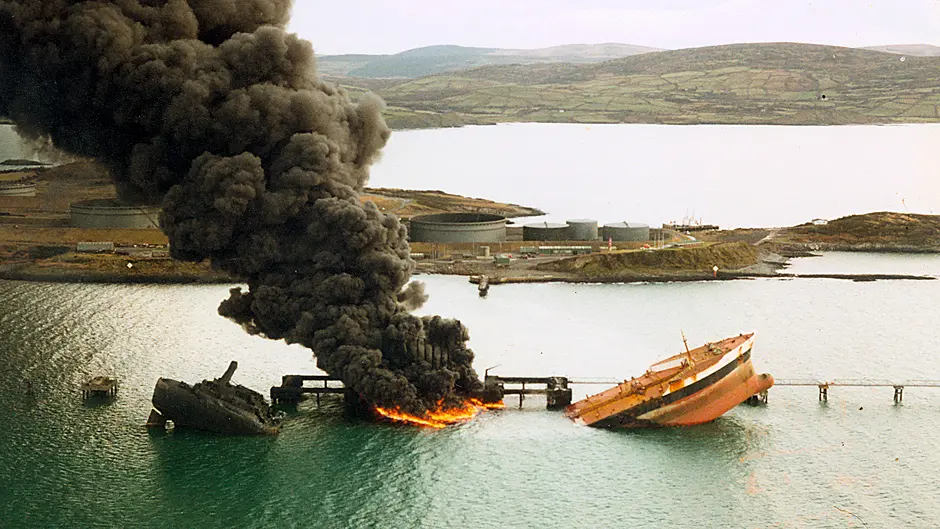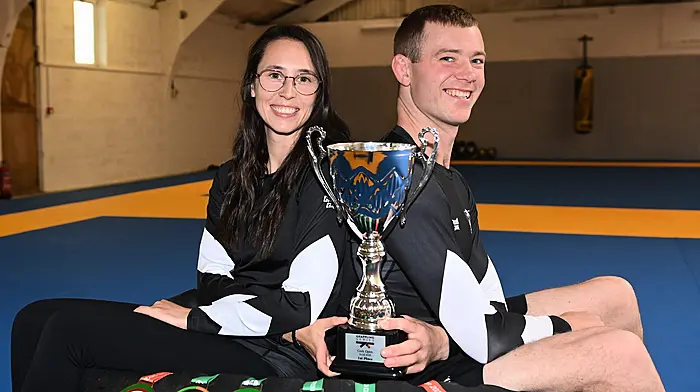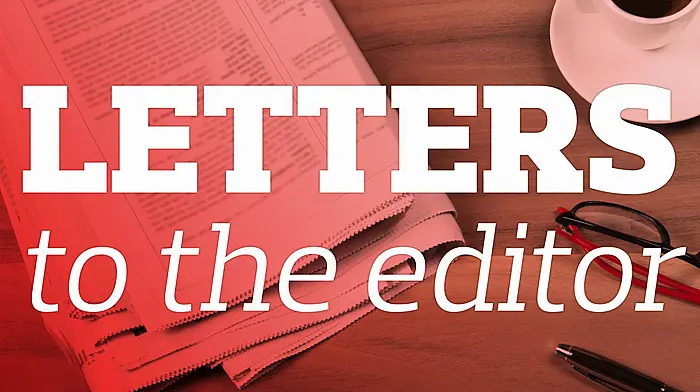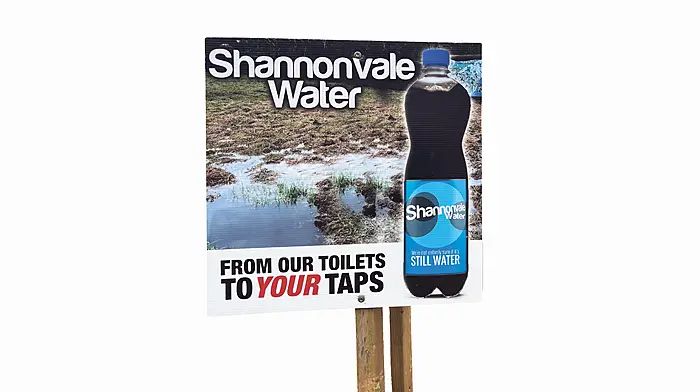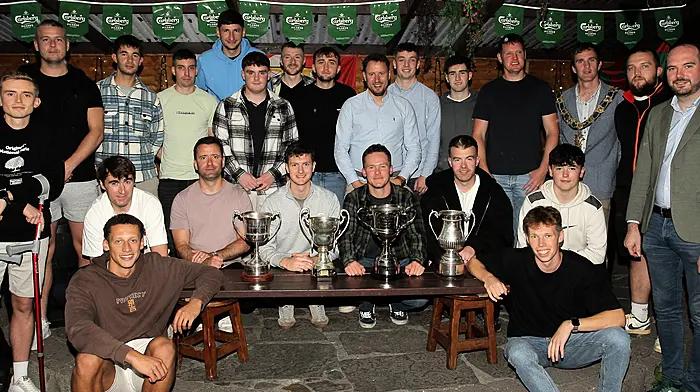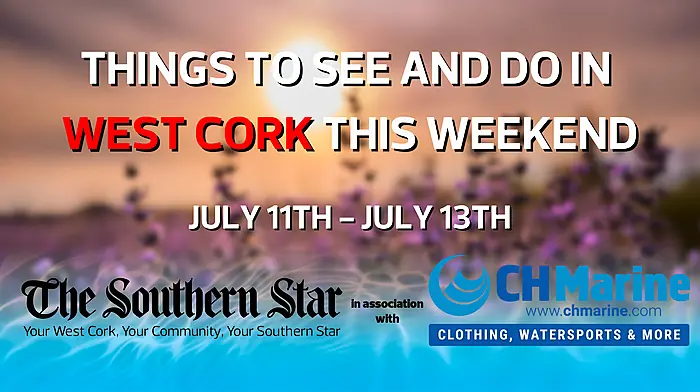In recent years, interest in the stories of the people, buildings and lands around us, has surged. Local history associations provide a wonderful outlet for those with an insatiable hunger to learn more, writes MARY McCARTHY
West Cork history has a bright future. And that’s thanks, mostly, to the recent increased interest in supporting the West Cork History Societies Association.
‘All history is local. We are the sum of all those who have gone before us,’ according to Mary O’Mahony, chairperson of Kilmurray Historical & Archaeological Association (KHAA), and author of The Dripsey Ambush and Lissarda Ambush.
Since the decade of the centenary (2013-2023) events at Kilmurray Historical Society, local history has had a growing appeal. The decade commemorated local people and the events of the Easter Rising of 1916, the War of Independence, and the Irish Civil War. In 2022, the then-Taoiseach Micheál Martin, and then-Tánaiste Leo Varadkar, attended the Béal na Bláth oration.
This brought a national profile visit to the area and encouraged people’s awareness.
Recently, a bigger attendance has been seen at the lecture series from September to May, with those taking part in a vintage run every year, and field trips to the local graveyards.
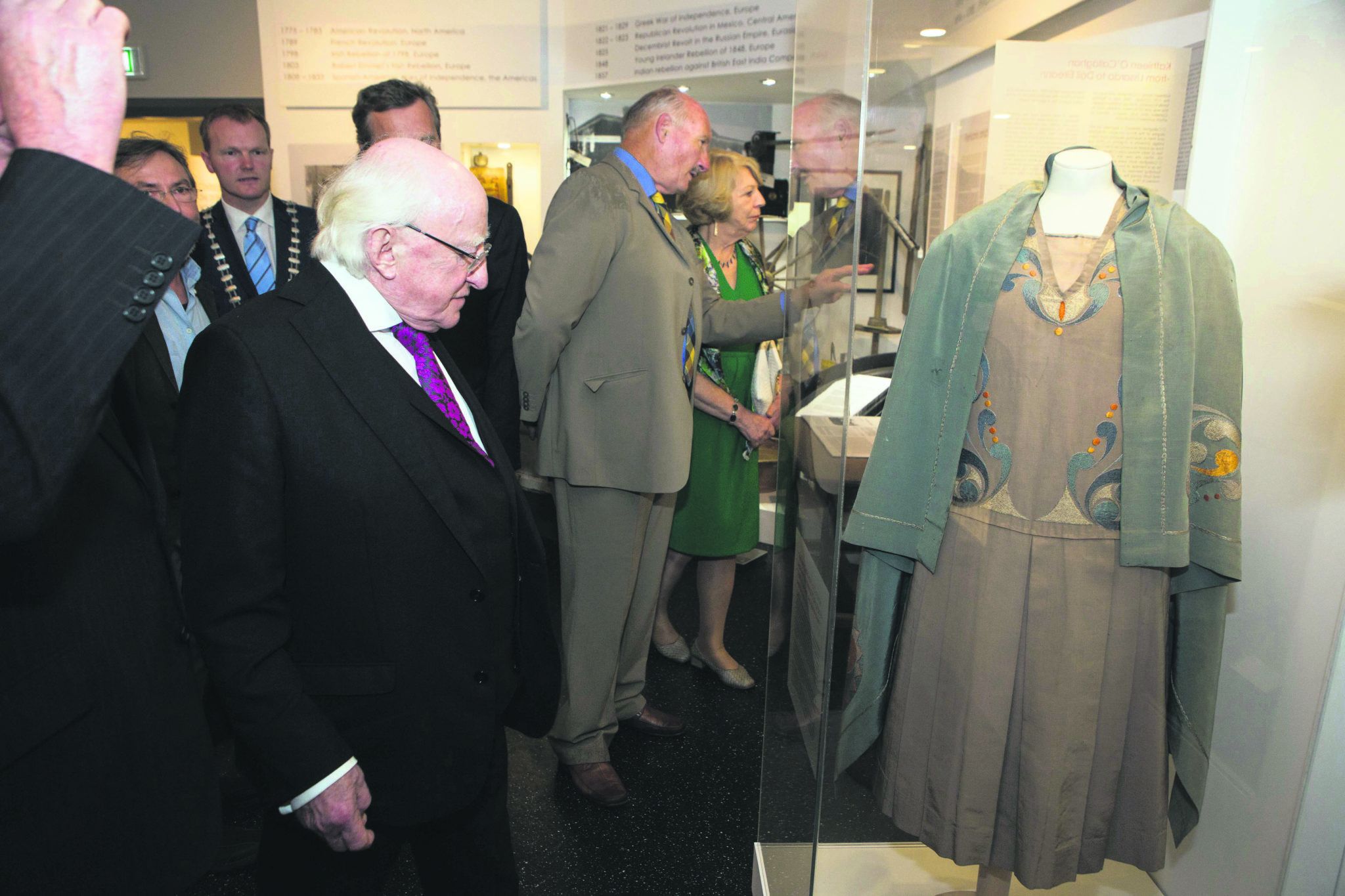 President Michael D Higgins at the official opening of the Independence Museum in Kilmurry in 2016. (Photo: Darragh Kane)
President Michael D Higgins at the official opening of the Independence Museum in Kilmurry in 2016. (Photo: Darragh Kane)
The Independence Museum is found in Kilmurray village. Since 2018 and 2019, foreign tourist numbers have surged, as have the number of primary and secondary school tours that engage children with the story of their locality. Their participation means they become familiar with people’s history before technology and cars.
The role of women in the War of Independence is honoured at the museum. Displayed artefacts include a dress of Celtic design. This garment belonged to Kate O’Callaghan, Mayoress of Limerick, native of Crossmahon, Lissarda. Her story is of significant local and national interest. She was one of six women who were TDs in the second Dáil of the Free State.
The MA in local history at UCC encourages increased knowledge and research. Cork County Council initiatives, like the outline signposts of Michael Collins, are excellent for attracting tourists to destinations. Every two years, The Kilmurray People and Places Journal is published, often gifted at Christmas-time to those who have emigrated, providing important nostalgia.
‘Local history is part of a factual tapestry of recorded change in people’s lives and society. It explains why things happened,’ according to Tim Crowley, at the. Popular Michael Collins Centre Museum at Castleview, outside Clonakilty.
‘I have had a steady interest in the subject for over 40 years,’ said Tim, a cousin of the ‘Big Fella’ – Collins, ‘but many have recently discovered its enthusiasm.’
 A scene from the time of the Irish Famine.
A scene from the time of the Irish Famine.
Today’s enthusiasts are a mixture of men and women from their forties up, curious about looking back on their ancestors. Retired people thrive from the endless projects, social outlets, and nights out at lectures.
‘People are fascinated by the story of Michael Collins,’ noted Tim. ‘It has the ingredients of a great tale. A man of humble beginnings, who took on a mighty empire, as the father of urban guerilla warfare. He is also remembered for his involvement in the Treaty negotiations, and being fatally wounded at the Béal na Bláth ambush, of course.’
 Michael Collins
Michael Collins
One reason for the change in attitudes toward local history is the unlimited amount of material online from The Irish Military Archive, to the National Library websites. Social media has also played its part, too. YouTube means historical films are available at a click.
Another shift that influenced people’s regard for local history was the government’s intervention in recent decades. Grants provided by the Department of Heritage and local authorities have boosted publicity, attracting new interest and encouraging more people to join history groups.
‘The West Cork History Association brings people together with similar interests in the locality. From Kinsale to Castletownbere and north to the Lee Valley,’ according to Tim Feen, chairman of Dúchas Clonakilty Heritage.
 Tom Barry
Tom Barry
The Schools Folklore Archive 1938 is a priceless asset. It was collected from older people in the area, who were alive eighty years after the Famine. Those curious about a place from another era, an element of the story of what happened from ship wrecks, to forts and fairies can be found on www.duchas.ie.
‘The Covid effect of having lectures online during the lockdown created fierce interest. Nowadays, in-house attendance has resulted in a bigger audience,’ according to Marian O’Leary, secretary of Dúchas Clonakilty Heritage.
Historical societies are open in a new way, because many people no longer go to the pub, but still want to enjoy the social aspect of meeting others.
‘Local history has an energised interest alive in West Cork,’ Marian concluded, ‘connecting us to previous generations, which is important.’
 The Fastnet Lighthouse.
The Fastnet Lighthouse.
WEST CORK HISTORY SOCIETIES ASSOCIATION – MEMBERS:
- Bantry Historical and Archaeological Society
- Barryroe Historical Society
- Beara Historical Society
- Castlehaven & Myross History Society
- Coppeen Archaeological Historical and Cultural Society
- Courtmacsherry Historical Society
- Cumann Seanchais na Banndan
- Dúchas Clonakilty Heritage
- Dunmanway Historical Association
- Kilbrittain Historical Society
- Kilmeen-Castleventry Historical Society
- Kilmurry Historical & Archaeological Association
- Kinsale & District History Society
- Kinsale Cultural & Heritage Society
- Macroom History Group
- Muskerry Local History Society
- Rosscarbery & District History and Heritage Society
- Skibbereen & District Historical Society

